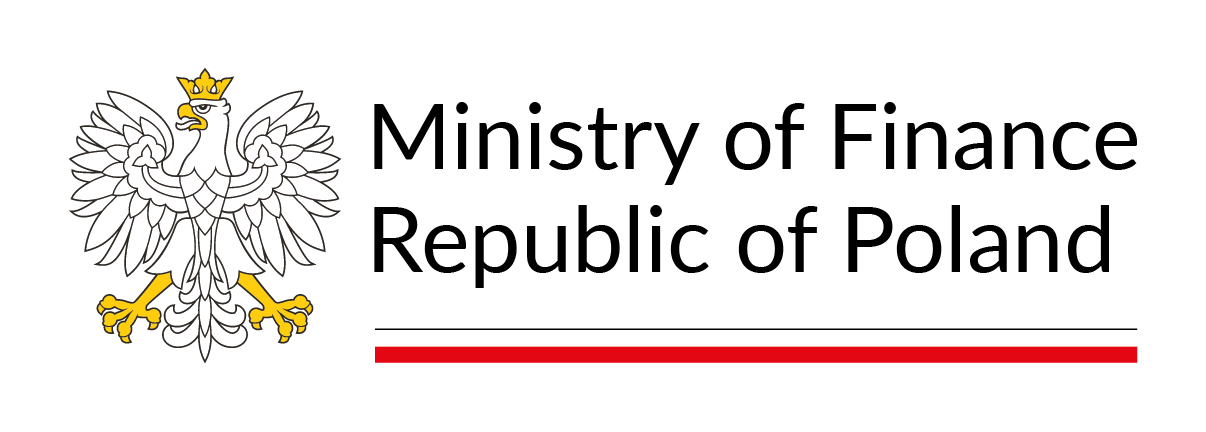S&P rating agency affirmed Poland’s credit rating
11.10.2019
- On 11 October 2019 rating agency S&P announced a decision about keeping Poland’s credit rating unchanged at the level of A-/A-2 for long and short term liabilities, respectively, in foreign currency, and A/A-1 for long and short term liabilities, respectively, in local currency.
- Rating’s outlook is stable.
S&P rating agency in its press release justifying the decision indicates i.a. diversified economy, educated workforce, manageable levels of public and private debt and relatively deep domestic capital markets that underpin Poland’s rating. Agency pointed to a good results of Polish exports in the first half of 2019 and growing importance of services exports, most notably in transport and business sectors. According to S&P fiscal policy is a credit strength for Poland which results from i.a. substantial progress in reducing the VAT gap. S&P forecasts general government deficit to GDP below 3% in the years 2019 – 2022, at the same time reducing its estimates to 2.5% in 2020-2021 and 2.4% in 2022. General government debt to GDP ratio in the years 2019 – 2022 will remain below 48%.
Rating prospects
According to the agency, Poland’s rating could be raised if the real income growth in Poland continues to outpace that of key trading partners without creating external imbalances or if the government posts budgetary surpluses leading to a reduction in outstanding public debt in absolute terms. The agency could consider raising the rating if the new Employee Capital Plans boost private savings, hence reducing the government’s contingent liabilities related to the aging and declining working population. On the other hand, rating could be lowered if Poland’s fiscal performance deteriorates significantly or if rapid wage growth leads to a faster-than-expected increase in net external borrowing, a potential sign of eroding competitiveness.
